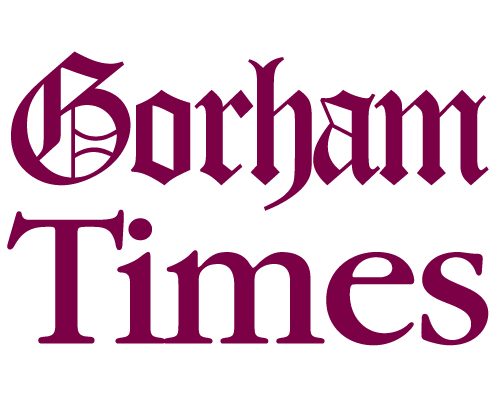From 2010-2013, Gorham was identified as the fastest growing community in Maine. Since 2009, more than 330 residential subdivision lots have been created with many more in the pipeline. Along with new residents, more vehicles are coming to Gorham as well as to outlying towns that are also seeing population increases.
Traffic has been a long standing issue in Gorham and with an increasing number of homes being built in Gorham as well as in surrounding communities, the Town has consistently looked at ways to improve the traffic flow. After many years of discussion and negotiation, the Bernard Rines Bypass opened in 2008 and has “performed as predicted,” said Town Manager David Cole. Before the bypass opened, the intersection of Rt. 114 and Rt. 25 was known for its heavy traffic and very narrow turning radius for tractor trailer trucks that were heading west on Rt. 25.
Vehicles heading west can now use the bypass, obviating the need to go through the center of Gorham village. While the bypass has resulted in considerable improvement to the flow of traffic by diverting some of it from the village center, there are still traffic issues for Gorham.
Currently, it can take up 45 minutes or more to make the 8-10 mile drive into Portland during rush hour. “Traffic in Gorham is some of the worst in Maine,” said State Rep. Andrew McLean who recently introduced a bill “to meet long term regional transportation needs, to correct deficiencies and to fulfill mobility requirements at a reasonable cost using available technology.” The bill calls for using bonds in an amount up to $150,000,000 to pay for “planning, design and construction of such a connector.” This plan is predicated on no reasonable alternative being found.
The federal government determines what roads are constructed along with where and when they are built. According to government guidelines, building new roads has to be the last possible option. Currently, the law calls for more capacity on existing roads, increasing roads from two to four lanes, and improving intersections.
In the Greater Portland area, this would lead to the destruction of too many existing homes to be a feasible option. The Maine Turnpike Authority is planning to do a $1,000,000 study to develop a plan for more roadway capacity in ways that will be in compliance with federal law. The Maine Department of Transportation and the Maine Turnpike Authority are negotiating what is to be covered in the study.
Town Manager David Cole notes that the proposed spur would almost certainly be built by the Maine Turnpike Authority as this agency can best afford to build a new road. The agency would have the option to make it a toll road, thereby enabling it to recoup costs. It is not clear what will happen if the Maine Turnpike Authority does not have a clear mandate to move forward with building this new road.
There will be ample opportunity for input from the community once the study gets underway. In 2012, a traffic study in the South Gorham area found 64 high crash locations along with seven intersections that were identified as inadequate for the volume of traffic. Peter Mills, the executive director of the Maine Turnpike Authority, described the South Gorham area as the “worst area of traffic congestion in the State of Maine.”
“This project will reduce congestion, make commute times shorter and preserve our downtowns so they can become places where pedestrians are welcome,” said McLean.


